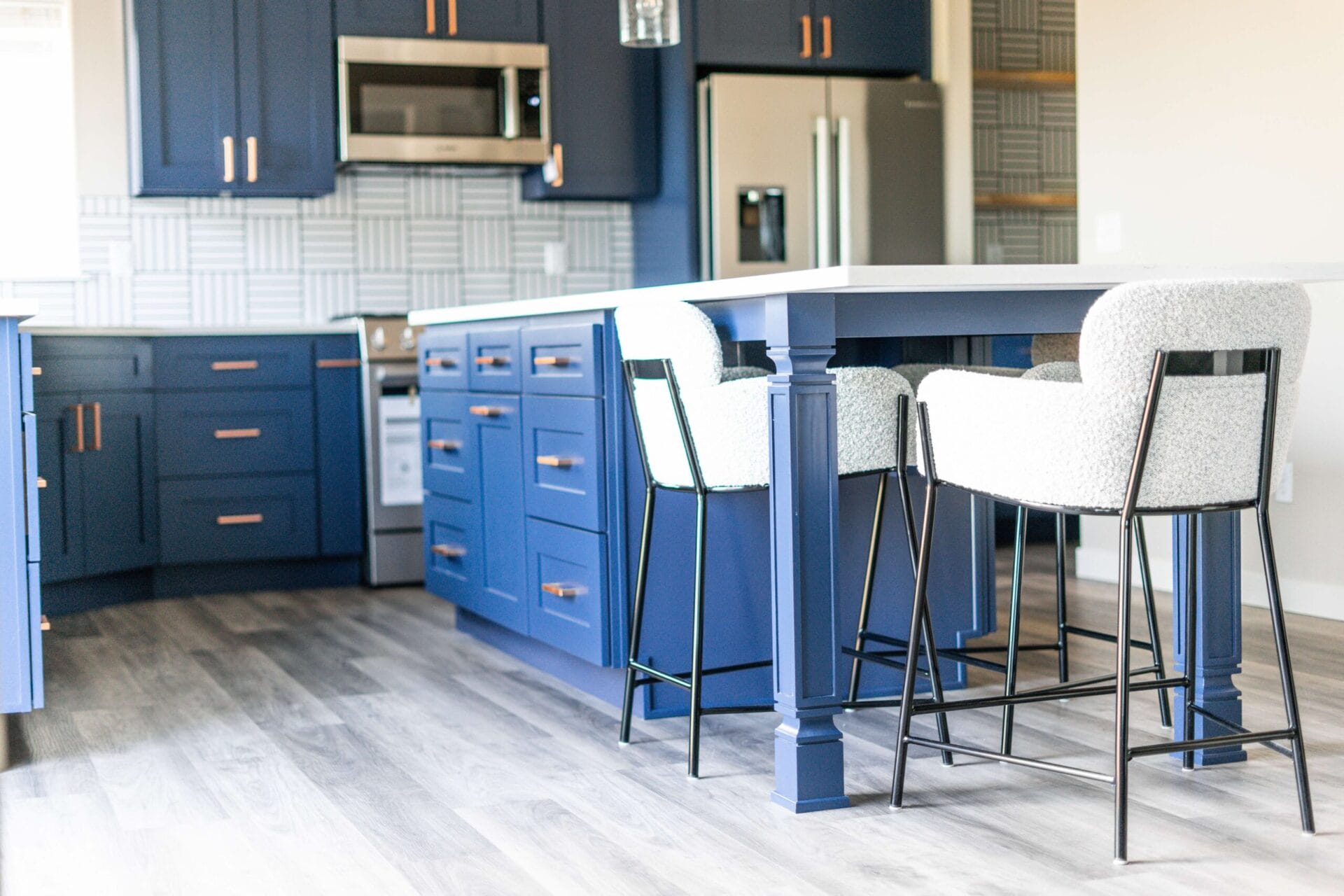When it comes to interior design, one of the most exciting and creative aspects is the opportunity to mix and match different elements to create a harmonious and visually appealing space. One area where this creativity can truly shine is in the use of metals and finishes. Gone are the days when you had to stick to one metal or finish throughout your home – today’s design trends encourage the blending of various metals and finishes to achieve a more eclectic and personalized look. In this guide, we’ll explore the art of mixing metals and finishes to create a cohesive and captivating design.

1. Start with a Foundation
Before you start randomly incorporating different metals and finishes into your design, it’s essential to establish a foundation. Consider the existing color scheme, style, and overall aesthetic of your space. This foundation will serve as a guide and help you determine which metals and finishes will complement your design best.
2. Choose a Dominant Metal
One of the key principles in mixing metals and finishes is to select a dominant metal. This metal will be the primary focus and set the tone for the entire space. Common dominant metals include stainless steel, brass, or black iron. Once you’ve chosen your dominant metal, use it for larger fixtures and elements in the room, such as cabinet handles, faucets, and lighting fixtures.
3. Create Balance with Complementary Metals
Once you have your dominant metal in place, it’s time to introduce complementary metals. These are metals that contrast with the dominant one, creating visual interest and depth in the space. For example, if you’ve chosen stainless steel as your dominant metal, you can introduce complementary metals like copper or bronze. These contrasting metals will add warmth and character to the room.
4. Stick to a Color Palette
To maintain cohesion in your design, it’s a good idea to stick to a specific color palette. This means choosing metals and finishes that fall within a certain color range. For instance, if you’re aiming for a warm and inviting space, focus on metals with warm tones like gold, copper, and brass. If you prefer a cooler, more contemporary look, opt for metals with cool tones such as chrome, nickel, or silver.
5. Mix Finishes for Texture
In addition to mixing metals, consider mixing different finishes to add texture to your design. Common finishes include matte, polished, brushed, and antiqued. Combining these finishes can create depth and visual intrigue. For example, you might have a polished brass faucet paired with matte black cabinet hardware. This combination adds a dynamic element to your space.
6. Pay Attention to Proportions
Balance and proportion are essential when mixing metals and finishes. Ensure that each metal and finish is used in the right proportion throughout the room. Avoid overcrowding with one metal and leaving another underrepresented. Distribute metals and finishes evenly to maintain a sense of balance and harmony.
7. Experiment with Accessories
If you’re hesitant to commit to mixing metals in larger fixtures and elements, start small by experimenting with accessories. Decorative items like mirrors, picture frames, vases, and candle holders offer a great opportunity to introduce different metals and finishes without making a major design commitment. This allows you to test various combinations and see what works best for your space.
8. Consider the Room’s Purpose
Keep in mind the function of the room when mixing metals and finishes. For example, in a kitchen, you may want to prioritize durability and ease of cleaning, making stainless steel a practical choice for appliances. In a living room or bedroom, you can focus more on aesthetics and incorporate a wider range of metals and finishes.

As the trend of mixing metals and finishes gains popularity in interior design, it’s not surprising that appliance manufacturers are catching on. Companies like Cafe Appliances have embraced this trend by offering appliances with mixed metal options. For example, their Cafe 30″ Smart Slide-In Front Control Dual-Fuel Double Oven Range with Convection (model C2S950P3MD1) provides a stunning example of this innovation. This range lets homeowners customize the hardware, allowing them to choose from brushed copper, brushed bronze, brushed stainless, and brushed black hardware options, giving the kitchen a tailored, cohesive look that matches their preferred metal combinations. These appliances not only enhance the functionality of your kitchen but also contribute to the overall design aesthetic, making it easier than ever to achieve a harmonious blend of metals and finishes in your home.

In conclusion, mixing metals and finishes is a fantastic way to infuse personality and style into your interior design. By following these guidelines and staying true to your vision, you can create a cohesive and visually stunning space that reflects your unique taste. Remember, there are no hard and fast rules in design, so don’t be afraid to experiment and have fun exploring the endless possibilities of metal and finish combinations.


